
Caring for young can trigger development of new neurons.

Caring for young can trigger development of new neurons.

This on-demand AVMA course by Dr. James Lavely will discuss how therapeutic considerations for seizures are different for puppies and young dogs compared to mature adult dogs. (1 CE credit)

Acupuncture may be used as a primary therapy or as a complementary, integrative therapy in the treatment of various neurologic conditions.
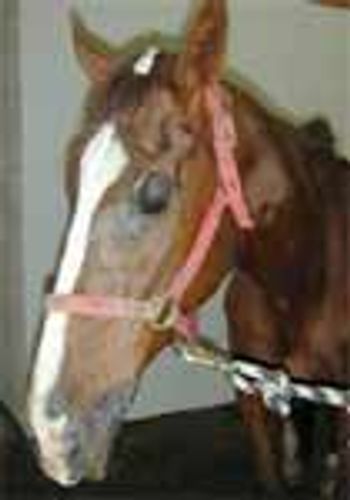
The neurological examination should be performed with great care and with age and use differences in mind.

Disease processes of the cervical spinal cord and vertebral column and the pain and paresis produced by these disorders are a common cause of presentation to the veterinarian.

When a veterinarian is presented with a patient with symptoms of difficulty walking, altered mentation, weakness, collapse or other movement disorders several potential causes must be considered.
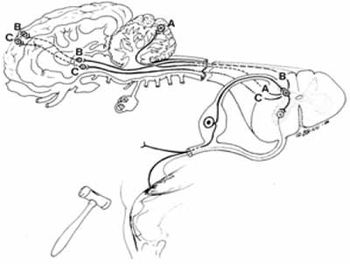
Neurologic gait deficits should be evaluated with basic systems and physiology in mind.

Observation of gait is an important component of the neurological examination but often is under utilized when assessing patients with gait abnormalities, lameness, or changes in posture.

A complete neurologic examination is an essential component of the physical examination for patients with suspected neurologic disorders, but is sometimes not performed because of the time constraints of a busy practice.

Disease processes of the cervical spinal cord and vertebral column and the pain and paresis produced by these disorders are a common cause of presentation to the veterinarian.

Make it easy to administer seizure medication.
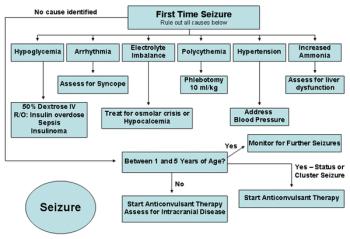
Neurological emergencies are common in small animal practice.

Trauma is a common presenting complaint in the small animal veterinary emergency room and traumatic brain injury occurs in a high proportion of these patients.

Degenerative lumbosacral syndrome (DLSS) poses diagnostic and treatment dilemmas for the veterinary practitioner.

Hoerlein determined that intervertebral disc disease (IVDD) accounted for 2.02% of all diseases diagnosed in dogs.

Postoperative care of the neurosurgical patient is contingent upon a team approach that begins with patient evaluation, pain management, bladder assessment and supportive care.
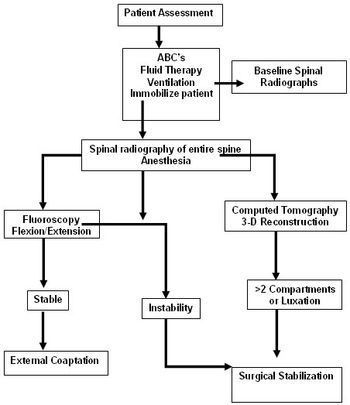
Spinal trauma occurs from external or internal causes.
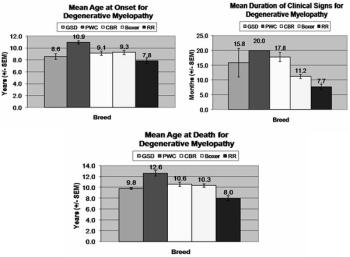
Canine degenerative myelopathy is a spontaneously occurring, adult-onset, progressive spinal cord disease.

Granulomatous meningoencephalomyelitis is a commonly diagnosed idiopathic inflammatory disease of the central nervous system in dogs.
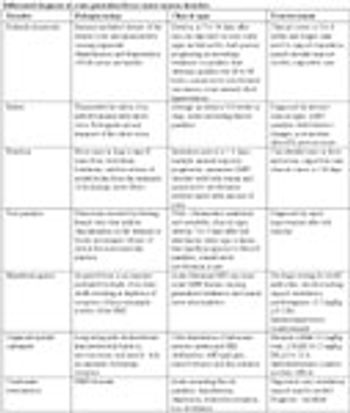
The peripheral nervous system (PNS) consists of those structures (including cranial nerves and spinal nerves) containing motor, sensory and autonomic nerve fibers or axons that connect the central nervous system (CNS) with somatic and visceral end organs.

Neurology in a clinical setting is frustrating for many veterinarians.
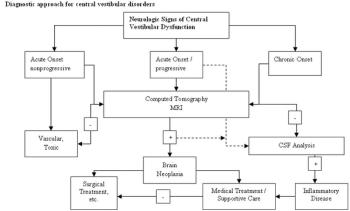
The peripheral vestibular system connects directly with the central nervous system for control of posture and eye movements.

The neurological examination should be performed with great care and with age and use differences in mind.

When presented with a seizuring dog or cat, the steps to take are familiar to most veterinarians. However, with a non-traditional species, even knowing where and how to administer treatments presents a challenge, as well as what might be common etiologies.
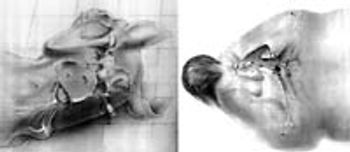
Neurologic gait deficits should be evaluated with basic systems and physiology in mind.